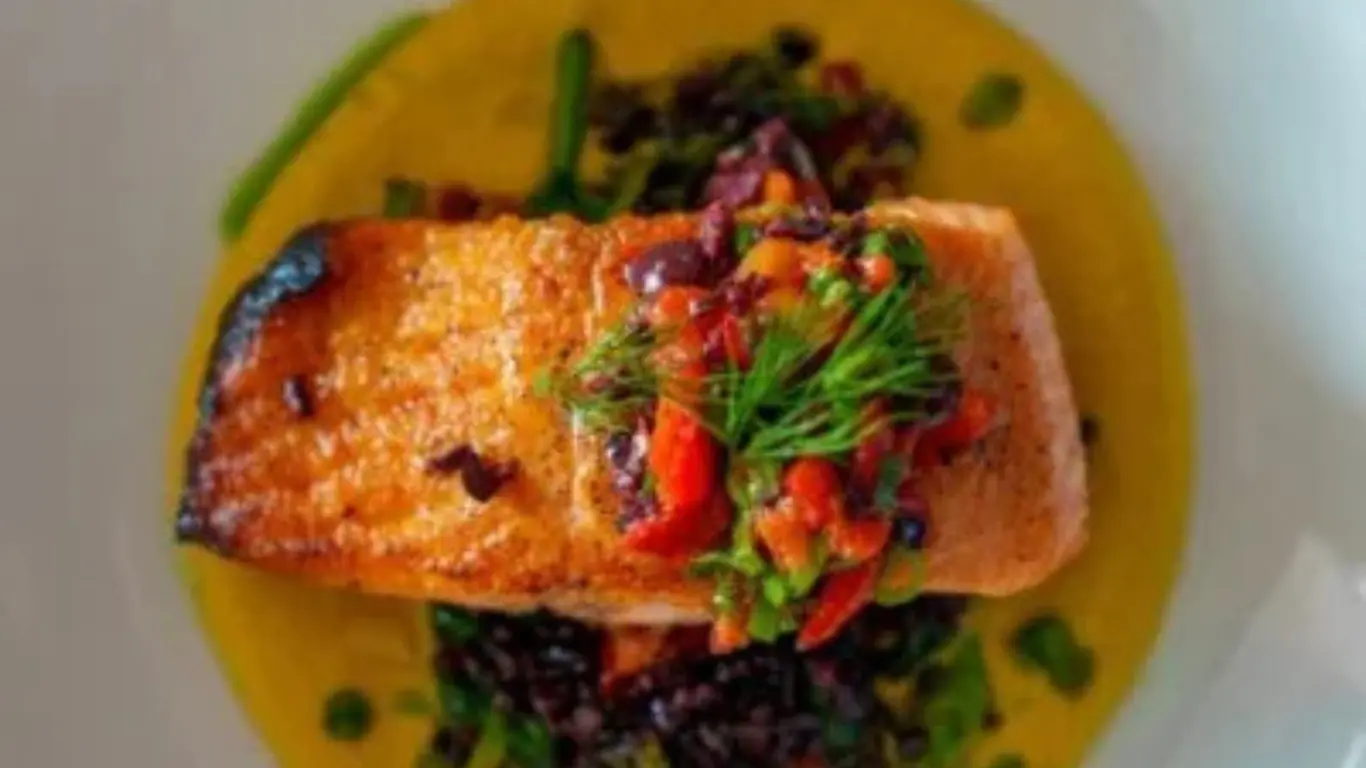“Çeciir” is a word rich with cultural resonance, especially in Turkey and Somalia, where it embodies a blend of traditional values, culinary practices, and mindful philosophies. It reflects a fusion of ancient customs and contemporary living, from Turkish kitchens to Somali traditions. Here, we’ll dive into the world of çeciir, discovering its culinary delights, cultural significance, and its deeper meaning as a symbol of intentional living.
Culinary Significance of Çeciir: A Turkish Delight

In Turkey, çeciir often refers to chickpea-based dishes, cherished as warming staples in local cuisine. The Turkish kitchen, renowned for its intricate flavors, sees çeciir as an ingredient in hearty winter dishes such as soups and stews. These dishes, like the Çeciir Soup (chickpea and beef soup), are not just meals but experiences, inviting families and communities to gather around a shared table. Chickpeas, as the core ingredient, symbolize nourishment and warmth—qualities central to Turkish hospitality.
In addition to soups, çeciir dishes appear in various forms like flatbreads, falafel, and hummus, each reflecting a different regional influence and culinary adaptation. Turkish çeciir dishes embrace the versatile chickpea, presenting it as both nutritious and central to many festive meals. These recipes have gained international recognition, making çeciir a global ambassador of Turkish culture.
Beyond Food: Çeciir in Turkish Daily Life

In daily Turkish life, çeciir extends beyond food, symbolizing practical elegance. It often describes wallets, bags, and other accessories crafted with intricate detail and Turkish craftsmanship. These items, though small, represent the functionality and artistry that Turkish artisans bring to everyday life. A çeciir wallet or bag becomes a piece of cultural expression, blending utility with beauty.
Such items highlight Turkey’s deep-rooted traditions in craftsmanship and design. The cultural identity embedded in these objects speaks to a lifestyle that values both practicality and elegance.
Çeciir as a Symbol of Mindful Living
In Turkish philosophy, çeciir embodies a reminder for mindfulness, encouraging people to live intentionally and make the most of every moment. This concept resonates deeply within Turkish culture, where simple daily rituals and practices are seen as opportunities for reflection and appreciation. The Turkish people view çeciir as a symbol of this mindful approach to life, a reminder to slow down and live with purpose.
This aspect of çeciir aligns with Turkey’s rich philosophical heritage, where the appreciation of beauty and balance permeates every part of life—from food to friendships and time itself. By cherishing moments and living with intention, one can embrace the full richness of life, a sentiment embodied by çeciir.
Çeciir in Somali Culture: A Symbol of Tradition and Modesty
In Somalia, çeciir holds a different yet equally significant meaning. It refers to a traditional headscarf worn by Somali women, representing values of modesty, faith, and cultural identity. This headscarf, often worn on significant occasions like weddings, varies in design and color across regions. Each style tells a story, with vibrant patterns and intricate fabrics symbolizing heritage and community.
For Somali women, çeciir is more than a garment; it is a representation of cultural pride and personal identity. Worn with grace, it serves as a connection to ancestors and a symbol of continuity and respect within Somali society.
Çeciir’s Broader Cultural and Social Influence
Both in Turkey and Somalia, çeciir transcends its specific meanings, resonating as a broader concept that connects people to their roots and shared values. In Turkey, it reflects a sense of community and hospitality, while in Somalia, it serves as a mark of identity and tradition. The cultural weight of çeciir underscores the importance of heritage, reminding individuals of their shared values and the strength of their communities.
FAQs
What is çeciir in Turkish cuisine?
Çeciir is often a chickpea-based dish in Turkish cuisine, especially in soups, stews, and other hearty meals, symbolizing warmth and community.
How is çeciir represented in Somali culture?
In Somalia, çeciir refers to a traditional headscarf that symbolizes modesty, faith, and cultural pride, especially worn during ceremonies like weddings.
Is çeciir only related to food?
No, çeciir is not limited to food; in Turkish culture, it also refers to items like bags and wallets, as well as a mindful approach to living.
What is the philosophical meaning of çeciir?
Çeciir encourages mindfulness and intentional living in Turkish culture, reminding people to appreciate and live each moment with purpose.
Can çeciir be found outside of Turkey and Somalia?
Yes, the concept of çeciir, especially Turkish dishes like hummus and falafel, has gained international popularity, while the Somali headscarf maintains cultural importance among Somali communities worldwide.
Conclusion
Çeciir represents more than just a term; it encapsulates a cultural tapestry woven through Turkish and Somali traditions. From hearty chickpea-based dishes in Turkish kitchens to the elegant headscarves of Somali culture, çeciir is a symbol of community, heritage, and mindful living.
By embracing the values behind çeciir—connection, respect, and intentionality—we gain a deeper appreciation of life’s simple pleasures, honoring age-old traditions while inspiring modern ways of living.


